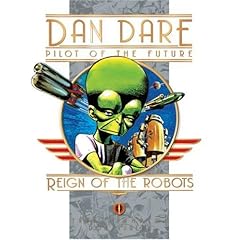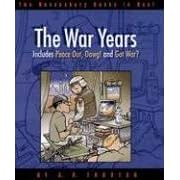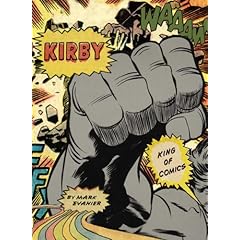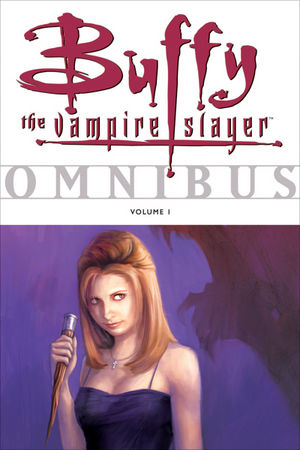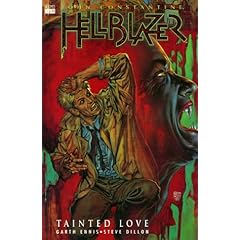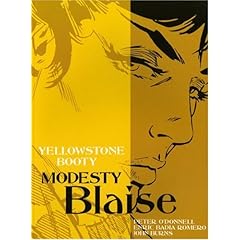Each of these books should be praised for one thing: they look fantastic and are reproduced well. They are each fine additions to any bookshelf. The Judge Death book has the nice matte cover and glossy paper that fans of the Rebellion line have come to expect, while the Hot Stuff book is astonishingly good value for money. Taking a leaf from the Essentials/Showcase playbook, this is about 400 pages of comics, but - and here's an important distinction from the big Marvel/DC books - with a mix of color and monochrome, and reproduced on wonderful paper with introductions and background material.

"Boyhood of a Superfiend" was one of the inaugural series in the Judge Dredd Megazine and it is set after the events of the "Necropolis" epic. In it, Death, licking his wounds, hides out as a lodger with a nearly-blind pensioner and tells his life's story to a journalist. Taken on its own, there isn't anything wrong with the story at all - it's full of grisly, black humor and the artwork by Pete Doherty is very good indeed - but it all seems completely superfluous. Indeed, giving Death all the page time he was getting in the early 90s was detrimental to the character and robbed him of his impact. To be honest, as amusing as this story is, I'm not sure it is a story that ever needed to be told. There's a bonus strip by Si Spencer and John McRea included, but the publisher really missed a trick by not adding "Tea With Mrs. Gunderson," an eight-page story by John Wagner and Dean Ormston that served as an epilogue to this adventure. Recommended for completists.
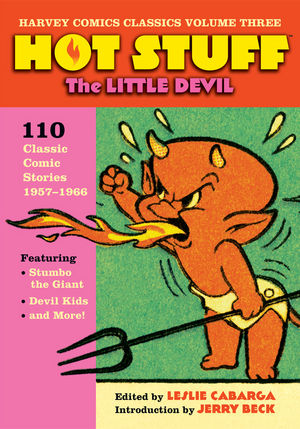
I normally defer to our friends at Mr. Kitty in all things Harvey, and last year they gave the Hipster Daughter the big bookshelf edition of Richie Rich that Dark Horse compiled. While I haven't read it all yet, I was impressed enough with the package to give Hot Stuff a try. Honestly, I'd never read any Hot Stuff before. I know of the character, but I never, ever saw these comics as a kid.
And you know... I don't think I was missing much. It's always difficult to tell whether you're being too critical in judging material for kids when you're not approaching it from that mindset - clearly your old pal the Hipster Dad is kinder to certain Sid & Marty Krofft shows than they objectively deserve, because he loved them as a child - but this is a downright repetitive, boring book. One main problem is that, unlike Richie Rich or Little Dot and the others, Hot Stuff doesn't have a consistent universe and regular characters to bounce off. He's interacting with medieval villagers in one episode and 1950s stage magicians in the next, then Neptune, then monkeys on some island. And he melts all the snow on top of a mountain forty times and his trident gets snatched thirty times and a volcano erupts twenty times... it's like a lifeless early 60s Hanna-Barbera TV cartoon. The only recurring-ish character in the first chunk is Stumbo the Giant, and he's the most boring character I've ever seen, although there are apparently some "Devil Kids" to be encountered in pages to come.
That said, the Hipster Daughter thinks it's a riot, and I think her opinion trumps mine. About the best I can say is that it's interesting to consider how Hot Stuff is the spiritual ancestor of both Calvin and Bart Simpson, but she'll tell you it's funny and that's all that matters. So if you've got elementary school-age kids, it comes with her seal of approval. Recommended for under-tens; I'll wait for the forthcoming Harvey Girls collection.
(Originally posted July 23, 2008 at hipsterdad's LJ.)


